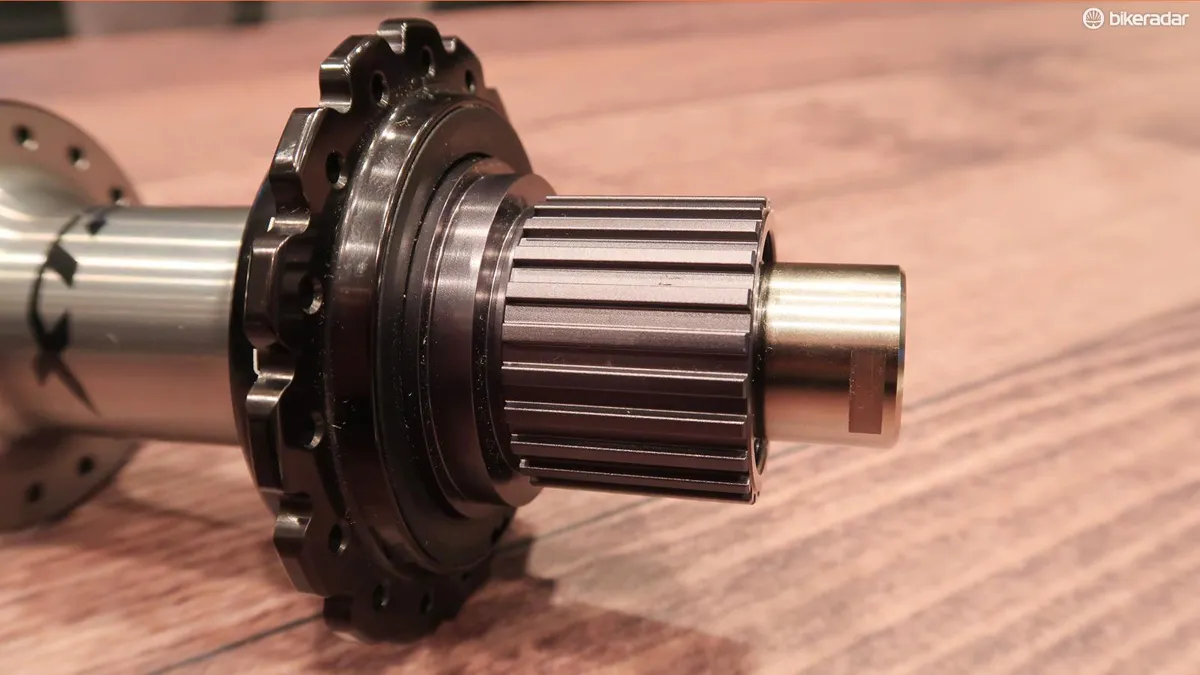It’s no small thing to introduce a new freehub standard. Shimano’s HG freehub has been a cornerstone of road and mountain bike drivetrains — for Shimano as well as many of SRAM’s road and mountain groups — for decades. Along with the new XTR M9100 group, the Japanese component manufacturer is introducing a new freehub standard called Micro Spline.
What is Micro Spline?
Micro Spline is a new freehub standard that uses a 23-spline interface for Shimano’s 11- and 12-speed XTR cassettes.
Why a standard HG freehub won't work with Shimano 12-speed cassettes
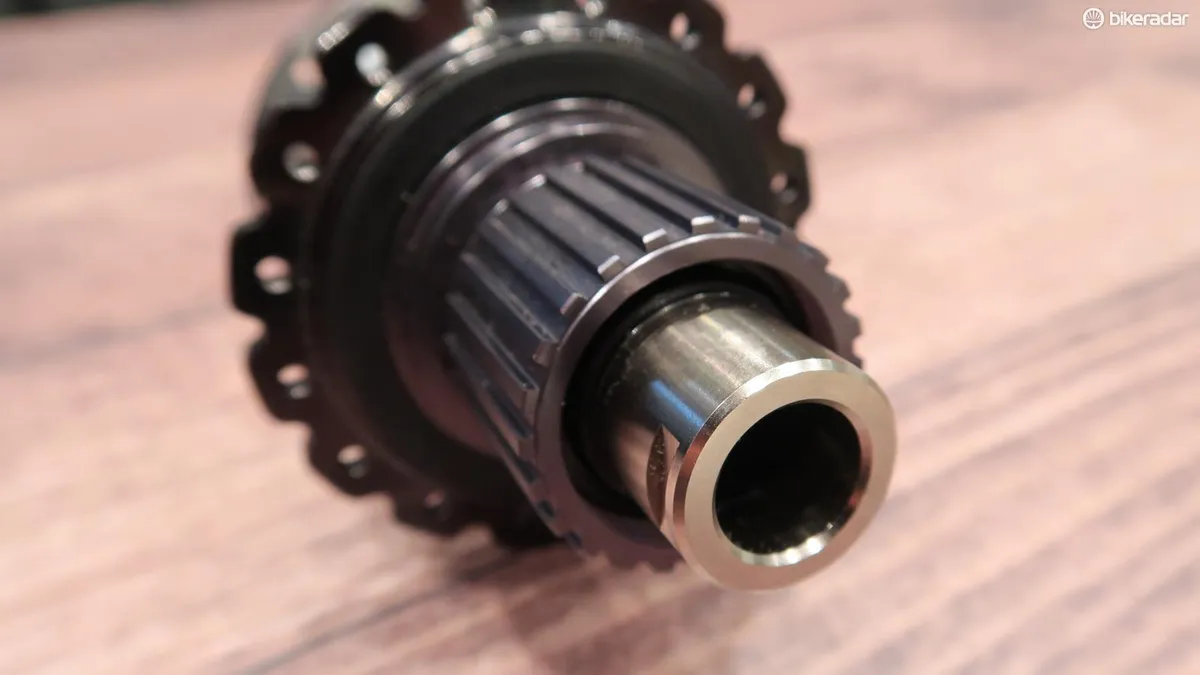
The HG freehub has changed in length as the number of cogs squeezed onto cassettes increased, but the 13-spline interface remained the same. This made it backwards compatible with older drivetrains. E.g. riders could run a 10-speed cassette on an 11-speed freehub with the aid of a spacer.
The 10t cog actually sits inside the 12t cog and is held in place with a series of splines that match up with grooves in the 12t cog
With the introduction of Micro Spline, those days are over. The new XTR M9100 cassettes along with the XT and lower lever drivetrains will inevitably follow, and will, at the very least, require riders to invest in new freehub bodies and possibly a new rear hub or complete wheelset.
At the time of the launch, the only companies offering Micro Spline hubs are Shimano and DT Swiss. For riders who roll on DT 240 and 350 hubs this will be a matter of swapping freehub bodies.
Take a look at Shimano's latest MTB groupset, 12spd XTR M9100
So why did Shimano make this switch? It has to do with that tiny little 10-tooth cog; it’s too small to fit onto the HG freehub body.
The Micro Spline freehub body is slightly shorter than an HG freehub. This allows the smallest cog to be positioned outboard of the freehub body.
The 10t cog actually sits inside the 12t cog and is held in place with a series of splines that match up with grooves in the 12t cog.
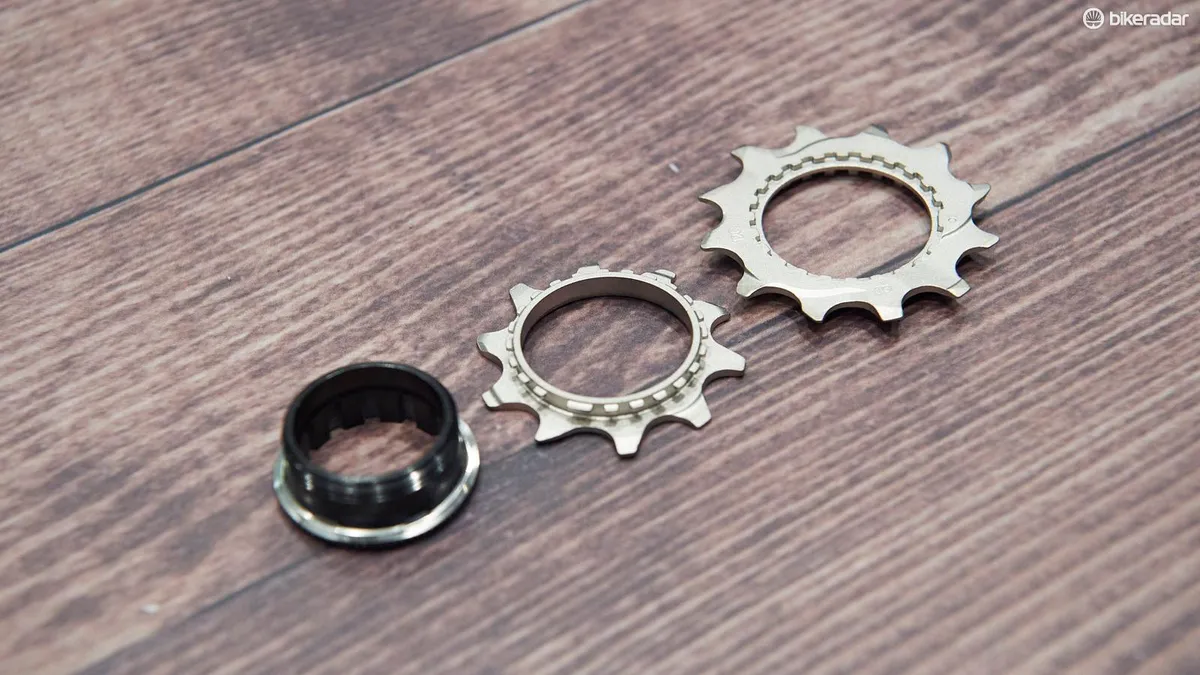
Why XD wasn’t an option
Beyond the issue of Shimano licensing a SRAM freehub design, the primary reason came down to manufacturing differences between these two component companies.
SRAM’s top-end cassettes are CNC machined from a block of steel plus the addition of an alloy cog. This yields a lightweight cassette, but it is also incredibly time and labor intensive and creates a lot of waste material.
Shimano prefers to use stamped cogs mounted to a spider. This approach has several benefits from a manufacturing standpoint. It’s a faster manufacturing process and produces less waste. It also allows Shimano to use different materials for different cogs on the cassette to balance weight savings with durability.
On the 12-speed M9100 cassette, the three largest cogs are aluminum, the middle five cogs are titanium and the four smallest cogs are steel.
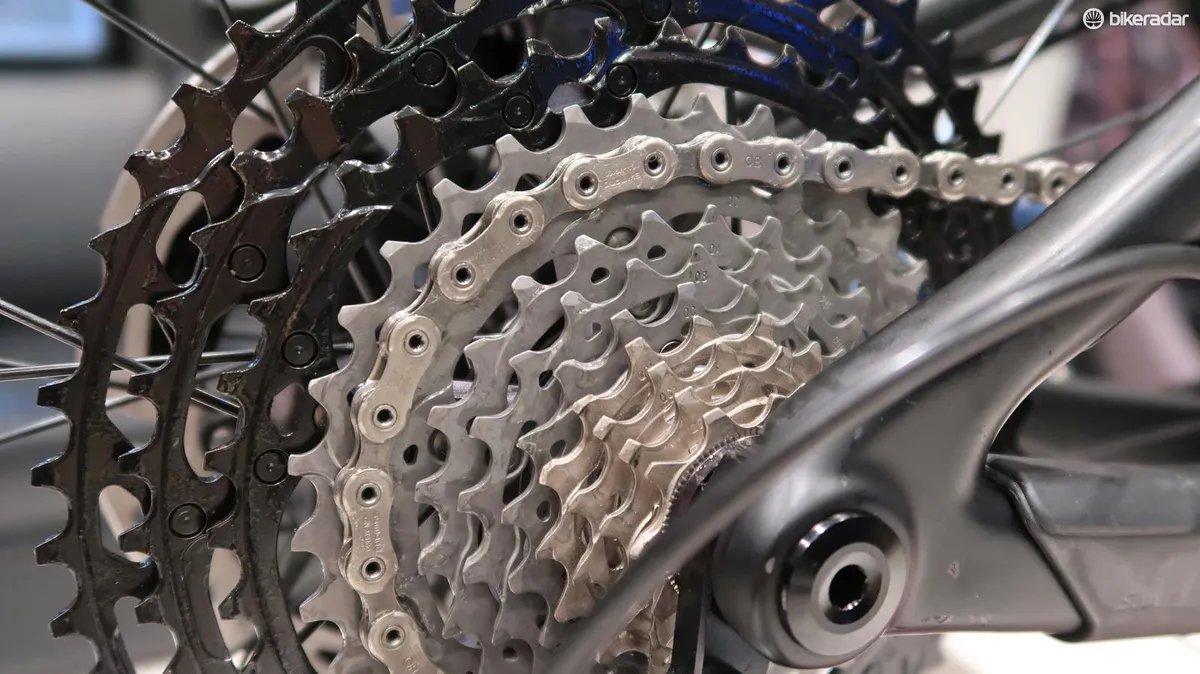
The aluminum and titanium cogs are mounted to an alloy spider, while the four smallest steel cogs slide onto the freehub body individually. In order to use an XD freehub, Shimano would have needed to develop a one-piece cassette, which, according to the company, would have been heavier than its new 11- and 12-speed XTR cassettes.
Reasons to like Micro Spline
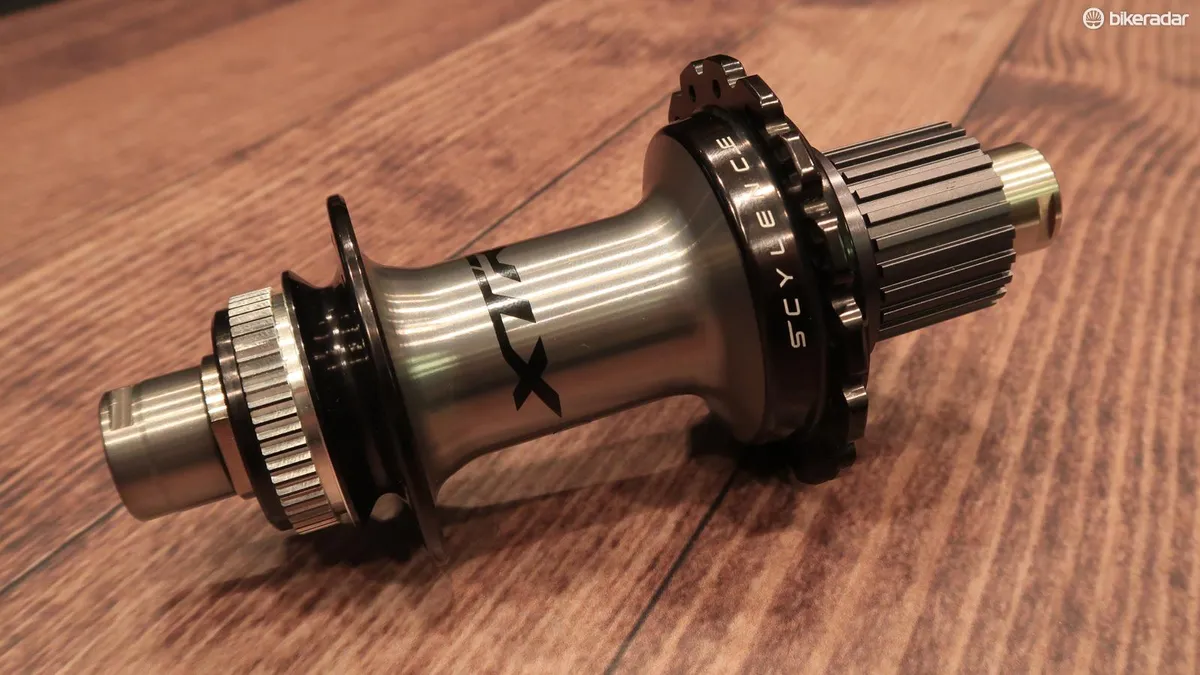
Any significant change to component standards inevitably comes with headaches for consumers, but there are some things to like about this new design.
Going back to the drawing board allowed Shimano to come up with a forward-looking freehub design.
In the past, Shimano has used steel, rather than aluminum, for its freehubs because the individual cogs mounted to the cassette can shift a bit and gouge soft alloy freehub bodies. According to Shimano, the move from the 13-spline HG interface to the 23-spline Micro Spline system does a better job of distributing loads, allowing Shimano to lighten its hubs with alloy freehub bodies.
Micro Spline, along with Shimano’s new SCYLENCE drive system, is designed to be adaptable to new axle standards. It will be compatible with larger diameter thru-axles, if the industry moves that way down the road.

